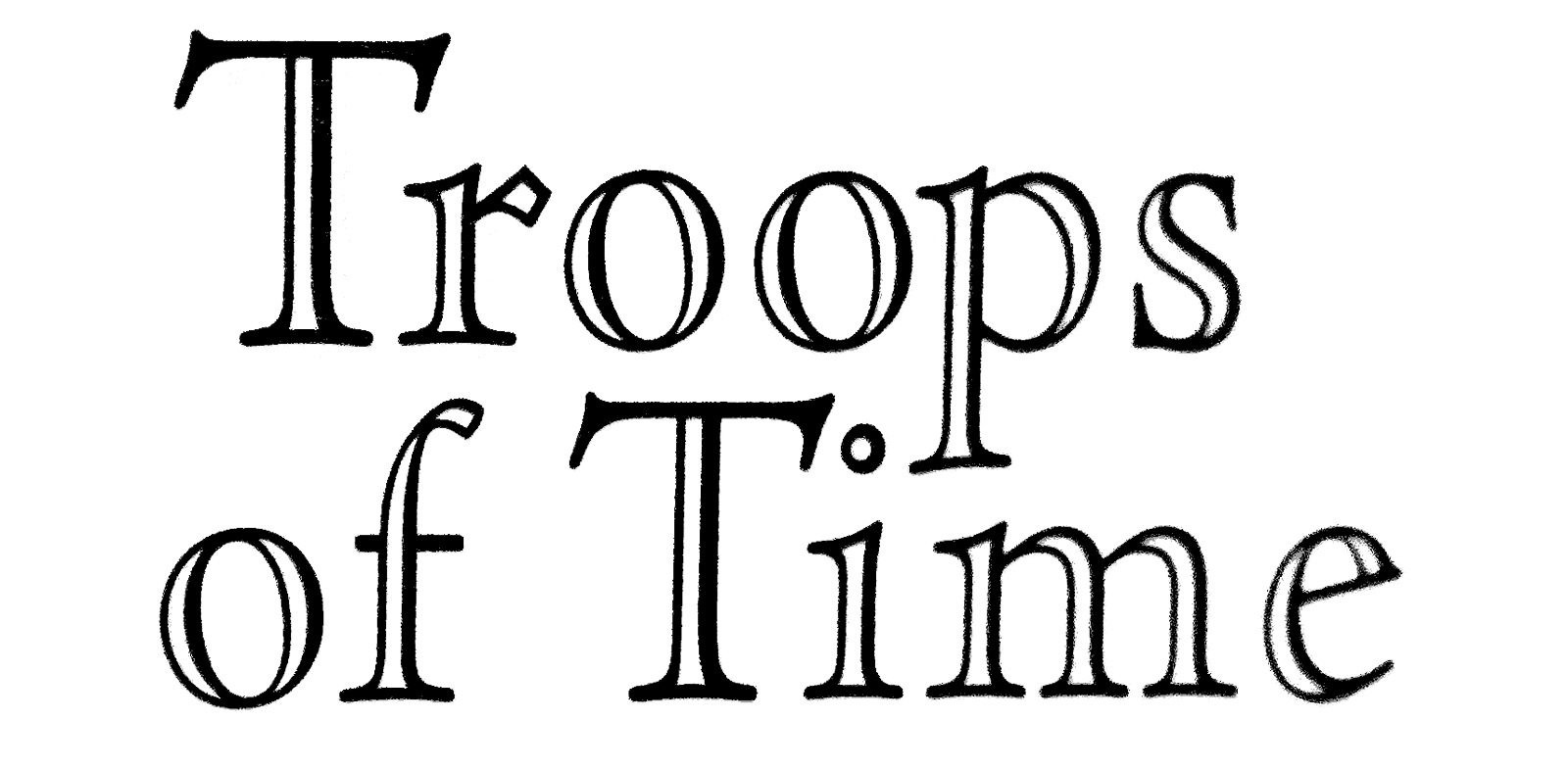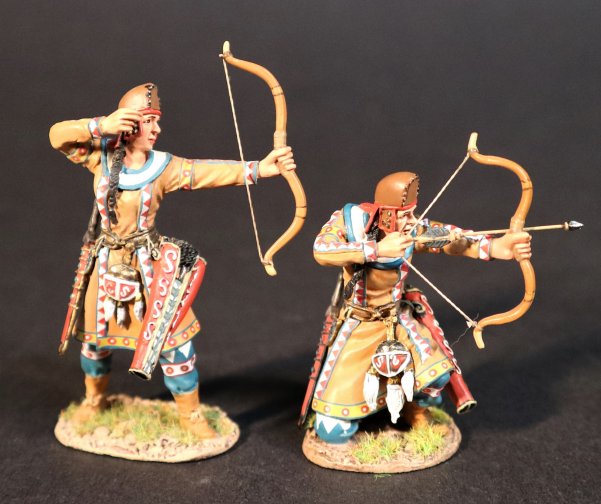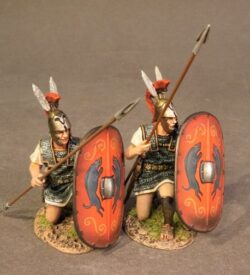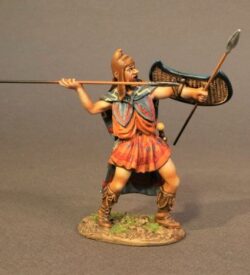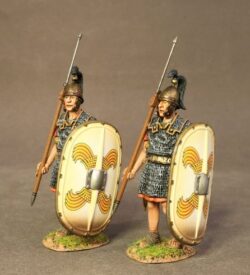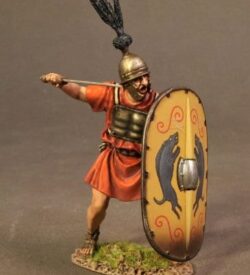SY-14 Scythian Female Foot Archers
$88.00
Description
The Scythians were an ancient nomadic people living primarily in the region known as Scythia, which today comprises the Eurasian steppes of Kazakhstan, the Russian Steppes of the Siberian, Ural, Volga and Southern regions , and eastern Ukraine.
The Scythians were a warlike people. When engaged at war, almost the entire adult population including a large number of women, participated in battles. The Athenian historian Thucydides noted that no people in either Europe or Asia could resist the Scythians without outside aid.
The scythians were particularly known for their equestrian skills, and their use of the composite bow shot from horseback. With great mobility, the Scythians could absorb the attacks of more cumbersome foot and cavalry, just retreating into the steppes. Such tactics wore down their enemies, making them easier to defeat. Due to their notorious reputation as aggressive warriors they frequently gained employment as mercenaries.
By the late 6th Century BC, the Persian Achaemenid King Darius The Great had built Persia into becoming the most powerful empire in the world, stretching from Egypt to India. Planning an invasion of Greece, Darius first sought to secure his northern flank against the Scythians. Darius sent a fleet of over 600 ships into Scythian territory. The army captured several Scythian Nobles. The army according to Herodotus numbered 700,000 men.
Unable to withstand the direct force of the Persian army, the Scythians adopted a scorched earth strategy, while simultaneously harassing the extensive Persian supply lines. The Persians suffered heavy losses and only proceeded as far as the Sea of Azov. Darius and his army eventually retreated across the Danube back into Persia, and the Scythians thereafter earned a reputation of invincibility among its neighboring peoples.
In the aftermath of their defeat of the Persian invasion, Scythian power grew considerably, and they were to launch campaigns against their Thracian neighbors. The Greek cities of the Northwestern Black Sea coast and parts of the Crimea were also invaded and were largely unsuccessful, as the Greeks united under the leadership of the city of Panticapaeum and put up a vigorous defense.
The 4th century BC was a flowering of Scythian culture. The Scythian King Ateas managed to unite under his power the Scythian tribes. He was to conquer territories along the Danube as far as the Sava river and established a trade route from the Black Sea to the Adriatic. The scythians apparently obtained most of their wealth from their control over the slave trade, but their trade routes were instrumental in opening up the silk road trade.
